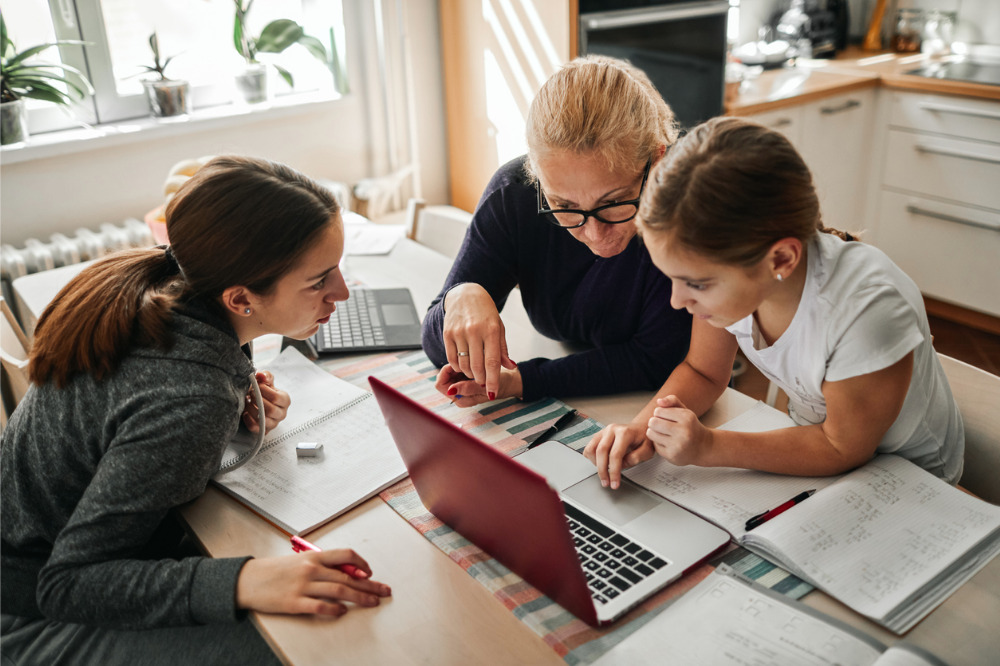
It might not seem so long ago that Australia had COVID-19 against the ropes, but with sporadic outbreaks of the new and highly virulent Delta strain, the nation is once again on alert to shut down schools, businesses and public spaces at short notice.
The constant shifting between remote and in-classroom learning caused major disruptions during both Terms 1 and 2, and as students in NSW have seen, Term 3 is looking to be very much the same.
For principals and teachers who spent most of last year adapting to remote learning, this Term has presented some opportunities to put key learnings into practice. Yet, reports show that almost half (46%) of Australian teachers are concerned about student learning loss as a result of the ongoing COVID-19 pandemic.
“School communities are currently experiencing change fatigue. This comes as there is not a single platform or solution that has been proposed to solve the issue,” Craig Shotland, tech expert and CEO of maths learning platform Matific, told The Educator.
“For a successful transition into future remote learning circumstances, there are multiple platforms and solutions that need to be adopted. Technophobia is also being experienced; particularly as certain teachers are not as welcoming to embracing the technology.”
Even so, says Shotland, teachers, students and parents have been remarkably resilient and in the vast majority of instances have embraced blended learning “like a duck to water.”
Matific has been working in developing countries for years to ensure its platform can work in offline mode, and on almost any device.
“In Australia, the good news is in most instances students can get access on some form of device at some time,” Shotland said.
“We work across six different continents and have seen different governments act in different ways. We had a national deal signed within a matter of months for a Middle Eastern country to ensure all students had access.”
In other parts of the world including Australia, Shotland said there has been markedly less support from governments and more trust placed on the individual schools.
“The challenge is not all schools are equal and have the capability to execute in a meaningful way.”
Jacky Herman, regional manager of Matific, said that while students love using technology, there has often been a misconception with both educators and parents that digital resources are simply 'games' with limited educational value.
“During lockdowns and remote learning, teachers have naturally been more reliant on online resources as it is easy to assign work, to differentiate and to check results remotely,” Herman told The Educator.
“This has led to a new realisation – that high quality digital resources can increase student engagement and encourage students to take risks with their learning.”
Herman said the classroom environment can cause anxiety in some students.
“They prefer to keep to themselves rather than openly display their thinking. Remote learning has been a positive in this regard for some students where they can work at their own pace and have the freedom to think more creatively,” she said.
“It is important for teachers to monitor this and not 'spring-back' to old practices when returning to the classroom, if positives have been achieved.”
However, Herman says students should worry less about the quantity of screen time and focus on the quality.
“Schools have found it a necessity to try new online resources during remote learning and, in many instances, they have proven a great success. It would be a mistake to revert to old practices if increased engagement and learning was achieved digitally during lockdown,” she said.
“Every classroom is filled with a range of types of learners: visual, auditory, physical, and more. Using a variety of resources is essential to ensure the needs of each student are met.”
Herman said digital resources can assist, as students are stimulated, engaged, and more prepared to take risks with their learning.
“In summary, a blended approach using a variety of tools is the key.”


